
China stalling the projects, Government urging on investment
A few days ago, Prime Minister Pushpa Kamal Dahal urged Chinese investors to invest in Nepal at the Nepal-China Investment and Business Forum 2023 in Kathmandu. Bringing up the issue of Nepal-China inland railway and transmission line, which has been discussed for a long time but the work has not been started, he said that the Nepalese government views it with importance.
Prime Minister Dahal said that discussions are being held with China for the expansion of the border in trade relations, and he also expressed concern over the increasing trade deficit with China. He also mentioned in the program that foreign direct investment (FDI) has not been received from China as promised.
Nepal’s growing trade deficit with China and the “apparent gaps in China’s committed and actual FDI are some of the issues that a forum like this should try to address with a practical solution,” said Dahal, the prime minister.
Nepal has a long history of relations and assistance with the neighboring country China. In recent times, China has gained a grip on Nepal’s big projects. Chinese companies are involved in the construction of airports, hydropower projects, tunnels, roads, and dry ports. Some of these projects have been completed and are operational, while some have been stalled. Some projects have been built by Nepal government with Chinese loans. But now questions have started to arise about the justification and benefits of those projects. The construction of some projects has been delayed for years due to the negligence of Chinese companies.
Chinese company CAMC Engineering, Sino Hydro Corporation, Poly Changda, China Overseas, China State Construction Engineering and other companies are especially involved in Nepal’s big contracts.
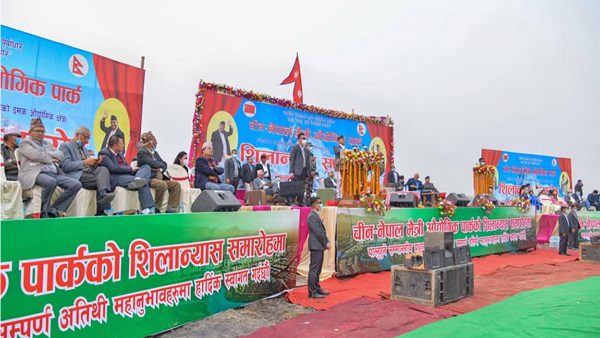
The Damak Industrial Park, which is supposed to be built by China, is still stalled. The construction of this park, which was laid with pomp by promising to improve the economic condition of the country, provide employment for one lakh people, and to bring about a revolution in the industrial sector has been stalled for a long time. Eight years have passed since the acquisition of land, and two years have passed since the foundation stone was laid, but the work has not yet progressed as the Chinese side is showing indifference. On the one hand, there was dissatisfaction of locals due to the decision made by the then Prime Minister KP Sharma Oli to appease China , on the other hand, the Chinese side itself has not been able to come forward for construction.
Among the other unfinished projects of the Chinese company are Narayangadh-Butwal road section extension, Kalanki-Maharajganj ring road extension, Timure dry port and Syafrubesi-Rasuwagadhi road construction. Similarly, Chinese companies have been delaying the construction of the tunnel of the Kathmandu-Tarai Expressway.
Some projects such as Pokhara Airport, Upper Tamakoshi Hydropower Project built by the Chinese company have been completed. However, these projects were also built some later than the scheduled time.
In this, the justification of the Pokhara airport, which was built with China’s loan, is now being questioned. Various incidents have shown that there is a risk of flying in this airport, which was built without taking the environmental impact assessment seriously. Especially because of birds and other animals, there is a problem in flying here. Therefore, Nepal government is facing a problem of how to pay the loan taken from China.
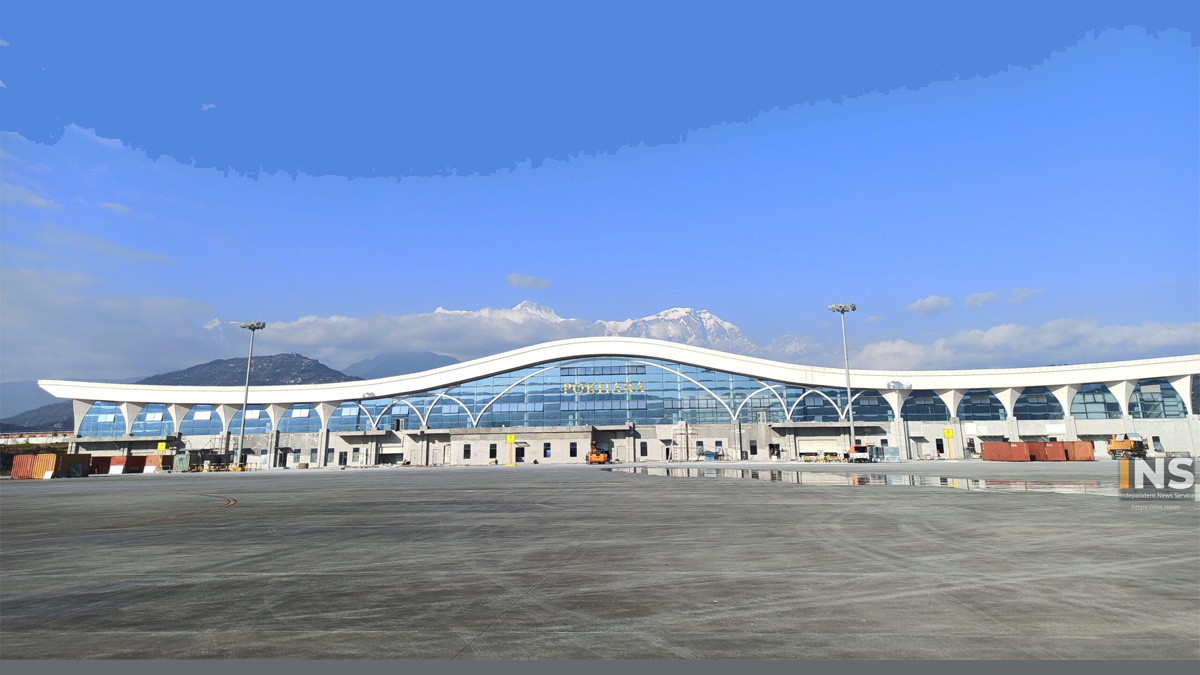
The Nepal-China railway has also been discussed for a long time. Even during the visits of Chinese President Xi Jinping and Former Chinese Foreign Minister Wang Yi , there have been various agreements regarding the progress of this project, but there is still no readiness to proceed with the work.
Railway construction is too far thing, Even the border points of Nepal’s Himalayan district including Humla, are connected to China, but they have not been started after the Covid-19 pandemic. Rasuwagadhi, the only operational border crossing with China, is also not fully operational.
On the other hand, China is forcing Nepal into its ambitious but controversial Belt and Road Initiative (BRI) project.
A few months ago, at the inauguration of Pokhara International Airport, an official of the Chinese Embassy in Nepal made a controversial statement that the airport was built under BRI.
Though China stated that Pokhara International Airport is built under BRI, but the reality is it was contracted to China CAMC Engineering Co, and was built with a concessional loan from China’s Exim Bank.
Similarly, the important thing to remember here is that the loan agreement was signed before Nepal became a part of the BRI.
Eight facts:
1) Chinese President Xi Jinping launched BRI in 2013
2) Nepal signed agreement with China to take loan to construct Pokhara Regional International Airport in 2016
3) Nepal agreed to become a party to BRI in 2017
4) Second BRI summit listed Trans-Himalayan Connectivity as a key BRI project in 2019
5) Nepal presented nine potential projects that could be developed under the BRI; it does not include Pokhara airport
6) BRI implementation plan is currently under deliberation
7) Pokhara airport was not a joint project of two countries; China was just a lender and Nepal have to pay
8) Nepal built this airport, just contract was awarded to Chinese company
Analysts say that while the government is inviting Chinese investors, their work should also be evaluated. Since the trade deficit with China has been increasing recently, economists say that emphasis should be placed on the access and market assurance of Nepali products in the Chinese market. Prime Minister Dahal himself also had expressed concern over the increase in trade deficit with China in the event. In the last fiscal year, while importing goods worth about 2 trillion 32 billion rupees from China, it exported only of 67 billion rupees.
Economists say that as Prime Minister Dahal said, the Chinese side and companies should be well prepared and also should be responsible for investment in Nepal.
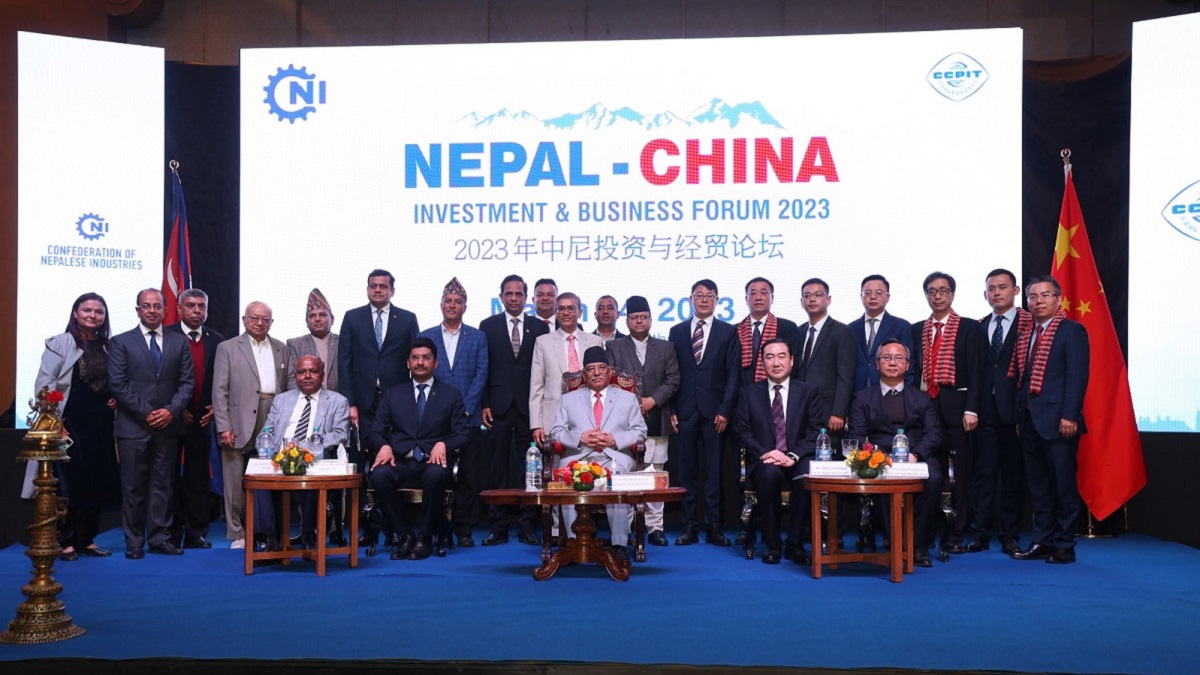


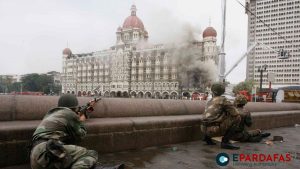
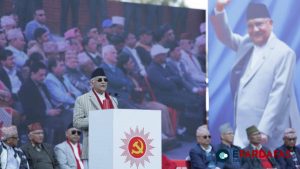








Comments